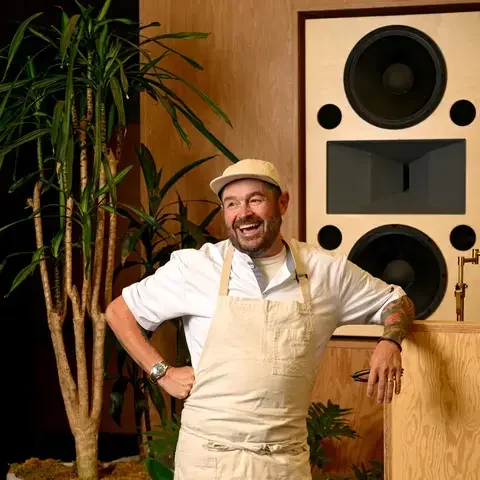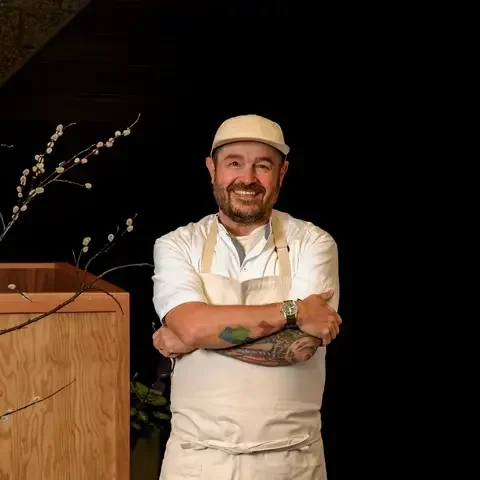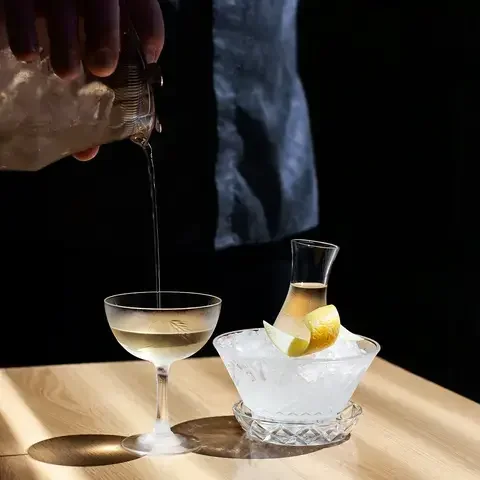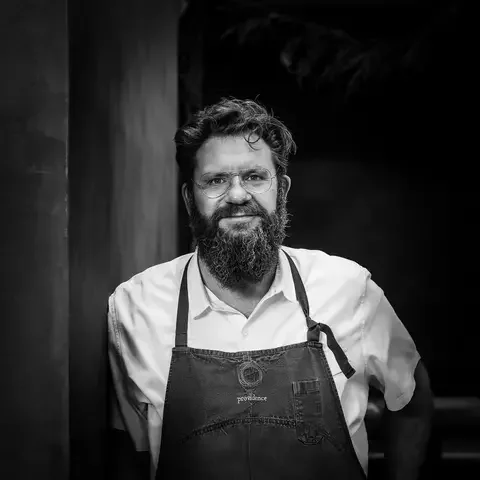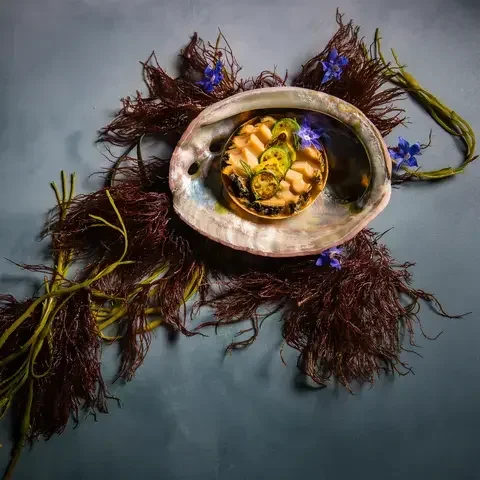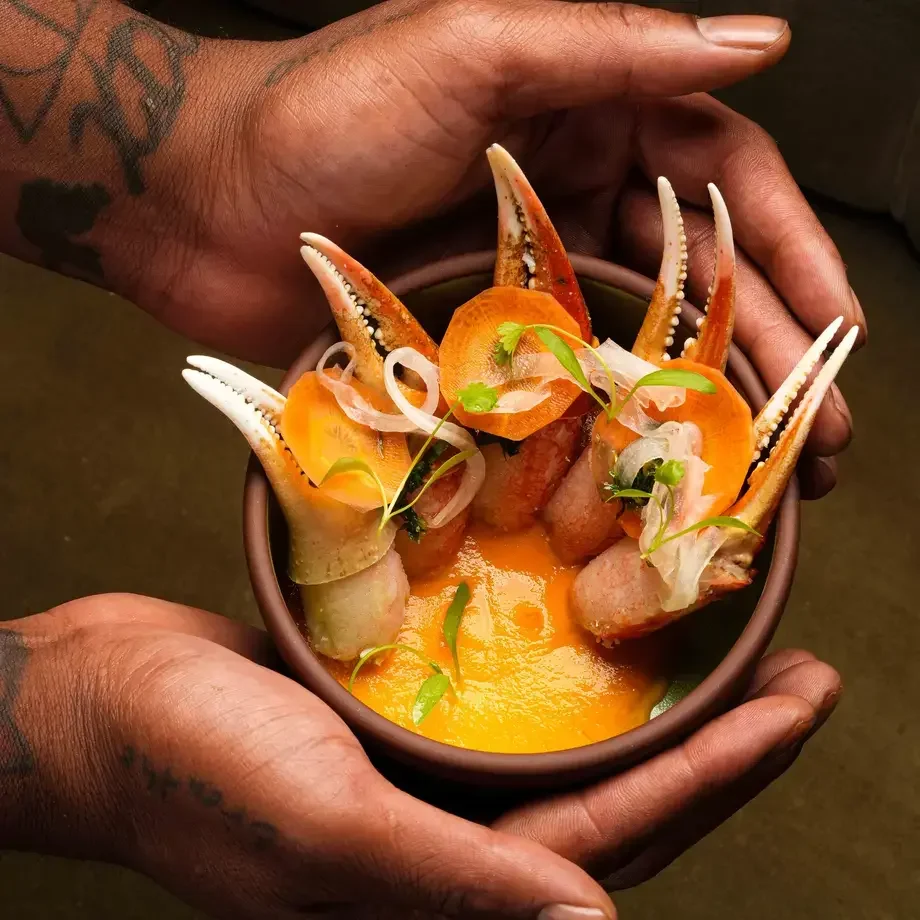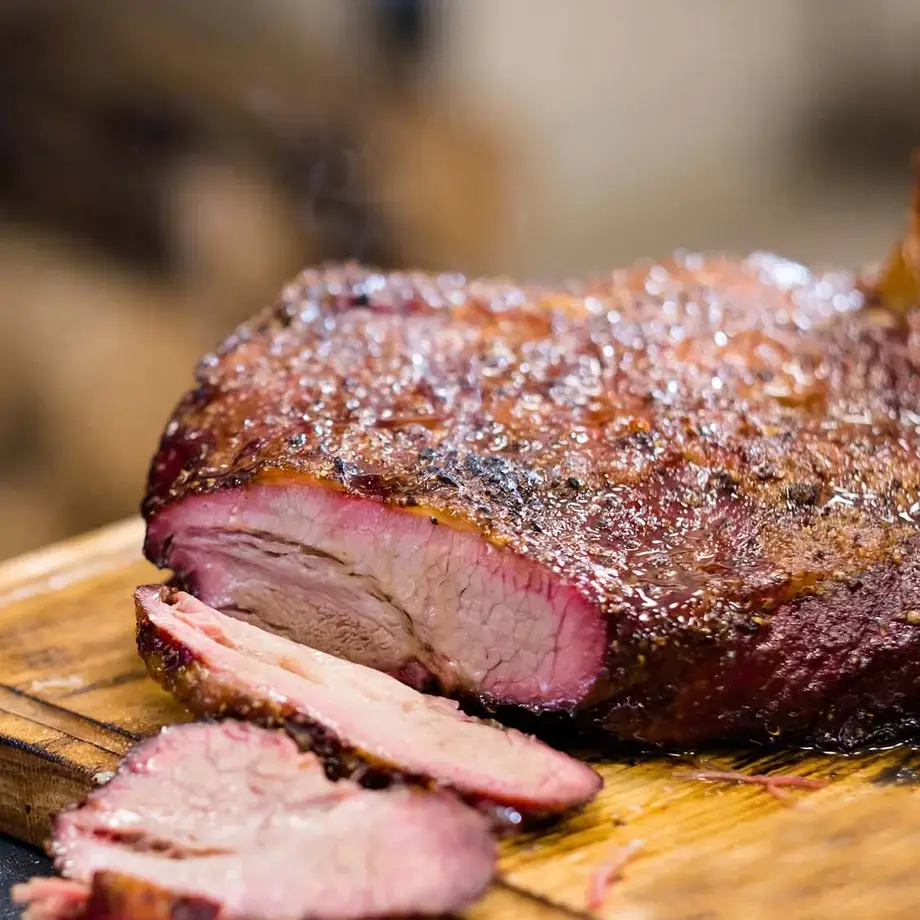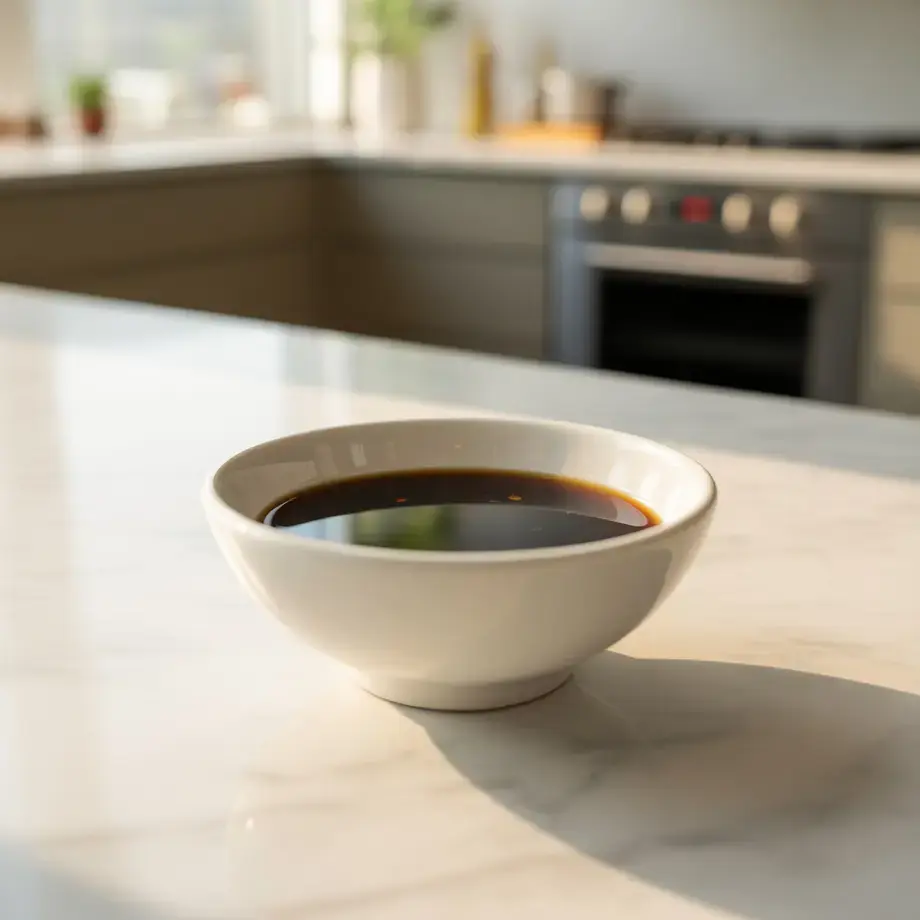Unlike its northern counterpart—or fine dining cultures in cities like New York and Chicago—Southern California (and its largest city, Los Angeles) has not historically been strongly associated with a robust fine dining scene. Sceney celebu-haunts and strip malls riddled with mind-blowing regional cuisine from Asia and Mexico? Absolutely. Tasting menus? Not so much.
That finally seems to be changing. From the Santa Ynez Valley to San Diego, Southern California is experiencing a slow but steady expansion of fine dining, evolving the region’s spirit and style along the way.
Local Chefs Lean Into Regional Identity
“I’ve been back in California since 2016, and one of the biggest differences I’ve noticed is the increase of attention on fine dining in Southern California,” Chef Eric Bost says. “This culture has always been here (Providence, Citrin, Mélisse), but there is certainly a greater quantity and creative interpretations of fine dining in the past decade. It feels like it’s gaining momentum and the speed at which fine dining is evolving here is increasing so it is exciting to see the expansiveness of the moment from diversity, culture and even structural systems.”
Bost, chef of Michelin-starred Jeune et Jolie, is leaning into that momentum himself with his newest project, Lilo, in Carlsbad. Recently opened, the restaurant features an immersive chef’s counter offering a coastal-inspired tasting menu where Japanese and French techniques shape dishes like chilled spot prawn with searing sea buckthorn, serrano, and ice plant, or blackened banana with miso and Koshihikari rice.
“The experience and food feels like it could only happen here, uniquely ours, but makes sense in the greater landscape of Southern California,” Bost says.
The broader Southern California landscape has long been blessed by its rich multicultural food history—but today, those influences are flourishing and shaping the fine dining scene more visibly than ever. From Mexican to Japanese to Korean traditions, diverse culinary voices are pushing fine dining into new territory.
“There is a distinct openness—especially among fine dining restaurants—embracing a worldview in their personality and voice,” Bost notes. “You’re seeing this new wave of chefs opening their own places who worked at the iconic bastions of high-end dining here, but are incorporating their point of view, culture, and life experience.”
Restaurants like the Baja-California-inspired Valle in Oceanside and Los Angeles’ Baroo, Kato, and Ki exemplify the region’s desire to move beyond traditional Eurocentric fine dining and toward a style that reflects the people and places that make up its unique tapestry.
















